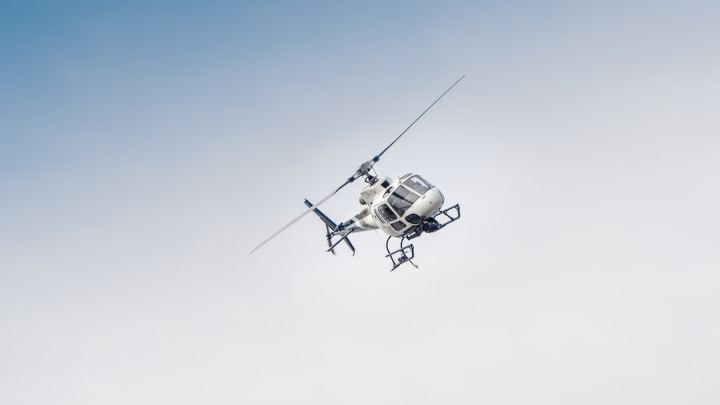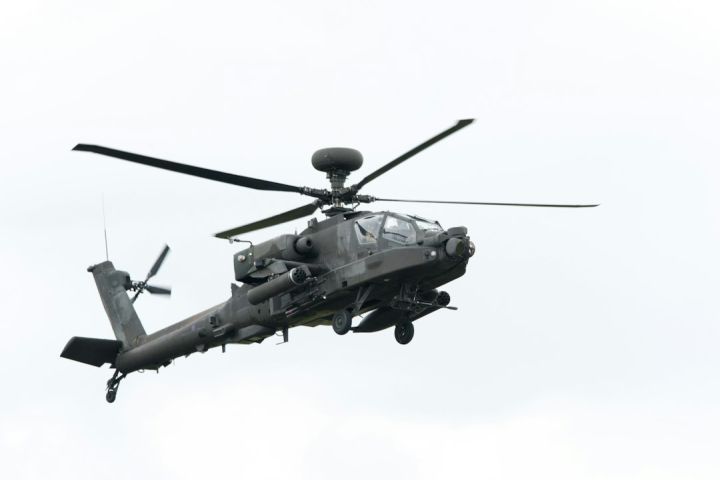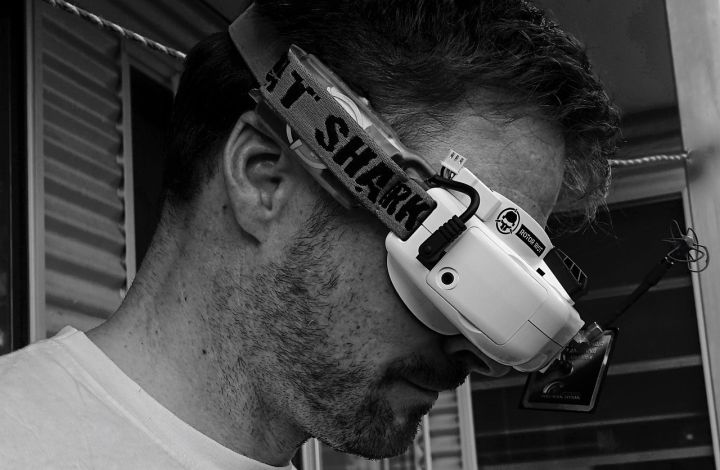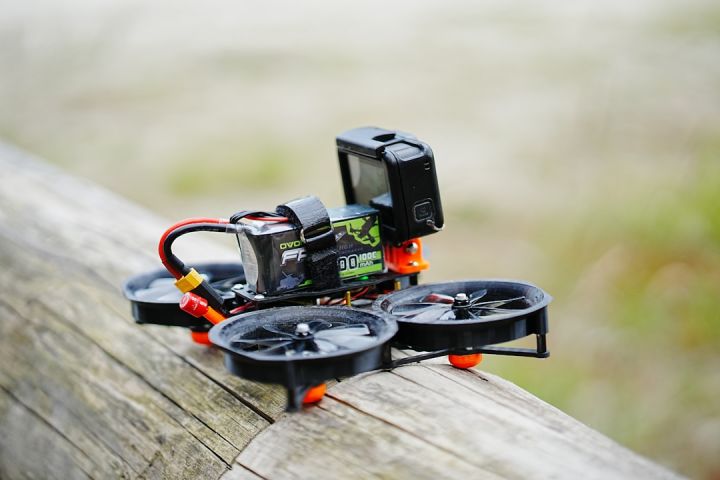How Do Helicopters Perform in Search and Rescue Operations?
When it comes to search and rescue operations, helicopters are an indispensable tool. Their unique capabilities and versatility make them incredibly effective in locating and rescuing individuals in various emergency situations. In this article, we will explore how helicopters perform in search and rescue operations and why they are so crucial in saving lives.
Aerial Surveillance and Rapid Deployment
One of the key advantages of helicopters in search and rescue operations is their ability to provide aerial surveillance. Equipped with advanced technology such as thermal imaging cameras and high-resolution cameras, helicopters can quickly scan large areas from the air, covering a much larger ground than search teams on foot. This allows them to spot missing persons or distressed individuals more efficiently, especially in vast and remote areas where visibility may be limited.
Furthermore, helicopters offer rapid deployment capabilities, enabling search and rescue teams to reach the scene of an emergency quickly. Unlike ground-based teams, helicopters can bypass traffic congestion and obstacles, allowing them to arrive at their destination in a fraction of the time. This swift response is critical in situations where every second counts, such as in cases of natural disasters, accidents, or medical emergencies.
Precision and Maneuverability
Helicopters are known for their exceptional maneuverability, which is essential in search and rescue operations. They can hover, fly at low altitudes, and navigate through tight spaces with ease, making it possible to reach individuals in challenging terrains or inaccessible areas. Whether it’s a mountainous region, dense forests, or even urban environments, helicopters can quickly position themselves in the most advantageous location to perform a successful rescue.
In addition to their maneuverability, helicopters offer precision in search and rescue operations. They can hover above a specific location or lower themselves to the ground, enabling rescue personnel to conduct precise and controlled operations. This precision is particularly vital in situations where victims are trapped or injured, as it allows for safe extrication without further endangering their lives.
Versatility and Adaptability
Another remarkable aspect of helicopters in search and rescue operations is their versatility. They can be equipped with various specialized equipment and tools to respond to different types of emergencies. For example, helicopters can be fitted with hoists or winches to perform vertical rescues, allowing them to extract individuals from elevated or dangerous locations. They can also carry medical equipment and personnel, turning them into flying ambulances capable of providing immediate medical care to those in need.
Furthermore, helicopters can adapt to changing circumstances during search and rescue operations. They can quickly adjust their flight path, altitude, and speed based on real-time information received from ground teams or other aerial assets. This flexibility ensures that helicopters can effectively respond to dynamic situations and make the necessary adjustments to save lives.
Conclusion: A Lifesaving Asset
In conclusion, helicopters play a crucial role in search and rescue operations. Their aerial surveillance capabilities, rapid deployment, precision, maneuverability, versatility, and adaptability make them an invaluable asset in locating and rescuing individuals in distress. Whether it’s finding missing hikers in remote mountains or saving lives during natural disasters, helicopters have proven time and again that they are an essential tool in saving lives. As technology continues to advance, we can expect helicopters to become even more efficient and effective in search and rescue operations, further enhancing their lifesaving capabilities.







